Skofja Loka, one of Slovenia's oldest and most picturesque towns, has a history dating back to the 10th century. The name Skofja Loka translates as "bishop's meadow," referring to the area's historical ownership by the Bavarian Bishops of Freising. The town began to take shape in 973, when Emperor Otto II granted the land to the bishops. Skofja Loka's monastic roots are evident in its churches, street sculptures, and fading wall paintings. The town's castle adds a unique touch to its scenery. Skofja Loka is considered a gem of medieval Slovenian architecture and is remarkably well preserved. Interestingly, it is the wealthiest municipality in Slovenia, with the highest number of millionaires. Among the 100 richest Slovenians, 19 are from Skofja Loka. Conveniently located just a half-hour's drive from Ljubljana, the town makes an ideal destination for a half-day trip.
Coat of Arms of Skofja Loka
One interesting aspect of Skofja Loka's history is its coat of arms, which depicts an African man wearing a crown. This emblem has sparked curiosity and speculation for centuries. Legend has it that a black servant saved his master, Abraham, from a bear attack by killing the animal with an arrow. In gratitude, Abraham had the servant's head portrayed on the coat of arms to ensure that future generations remembered his bravery. The servant, known as the Black Prince, is depicted in various artworks and stone carvings in Skofja Loka Castle, leading some to believe that the story is true. The presence of a servant wearing a crown raises questions and adds to the mystery surrounding this historic figure.
Let's start our walking tour with a brief visit to the Capuchin Church of St Anne.
Church of St Anne
The Capuchins had a significant influence on the town of Loka, arriving to preach and hear confessions even before the construction of the monastery and church of St Anne in the early 18th century. The Capuchin Church, which includes a library and a monastery, was built in the Baroque style. The main altar features a painting of St Anne, a work of the 18th-century Venetian school. The Capuchin library houses ancient documents printed before 1500, religious texts, and a valuable manuscript by Father Romuald from 1721, known as the Skofja Loka Passion. This manuscript, the oldest preserved dramatic text in Slovenian, was re-enacted as a passion procession in 1999 after more than 200 years, with over 600 actors participating in the historical-theatrical event.
Capuchin Bridge
A recommended activity in Skofja Loka is crossing the Capuchin Bridge over the Selska Sora River. Dating back to the 14th century, this bridge is considered one of the oldest landmarks in Slovenia. It was constructed by Bishop Leopold, who later tragically fell from the bridge, which had no railing, and drowned along with his horse. Built of cut stone in a semi-circular design, the bridge underwent a renovation in 1888.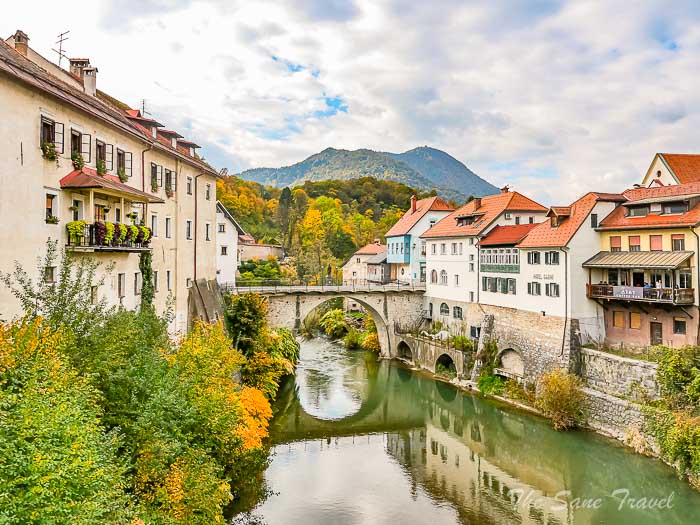
Church of Immaculate Conception
The Church of the Immaculate Conception (Nunska) was constructed in 1358 and underwent a Baroque transformation following the 1669 fire. In 1782, the Poor Clares' monastery at the church was disbanded and taken over by the Ursuline nuns. Inside, visitors can admire precious tombstones, a stone Baroque pulpit, and miniature Passion paintings. The church also hosts concerts, devotions, and religious services.
Parish Church of Saint James the Great
The church on Cankar Square was constructed on the site of an earlier church and underwent modifications to achieve its present appearance. The original church, first mentioned in 1271, was replaced in 1471 by a three-nave Gothic church with rib vaulting. After sustaining damage in the 1511 earthquake, the church was rebuilt, with its bell tower added in 1532. The north wall of the church displays remnants of 16th-century murals, while the stained-glass windows were designed by Stane Kregar in 1973. The chapel on the left, which houses a baptistery and the Tomb of God, along with all the chandeliers, was built between 1951 and 1954 according to plans by the well-known Slovenian architect Dr Joze Plecnik.
Town square
The main square of Skofja Loka, known as Mestni Trg, lies at the heart of the old town and is home to impressive Renaissance and Baroque townhouses, many of which are adorned with colourful paint and 17th-century frescoes. 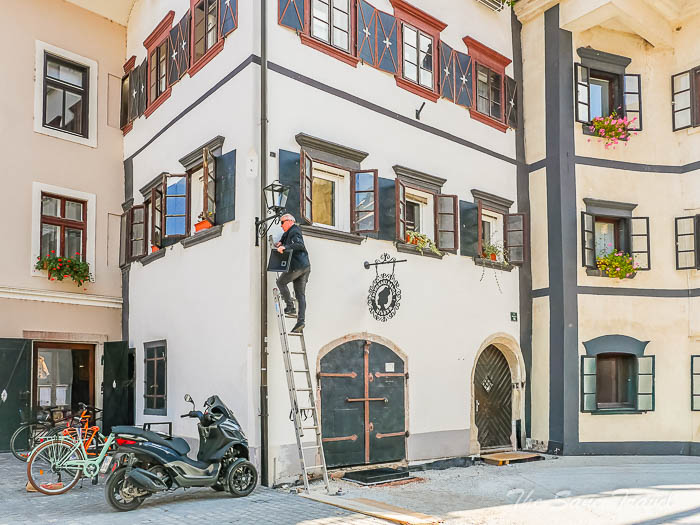
Homan's House
The medieval Homan's House, situated on the edge of Mestni Trg, is considered one of Skofja Loka's most beautiful buildings. Its striking white exterior, intricate frescoes, sgraffito, and decorative brickwork make it a standout landmark in the town. Originally a Gothic mansion, it was restored after the 1511 earthquake, revealing stunning frescoes depicting soldiers and St Christopher. Today, the building houses Kavarna Homan, a popular café in Skofja Loka known for its cosy atmosphere and excellent coffee. Guests can relax in the dining room during colder months or enjoy the terrace under the linden tree in warmer weather.
Address: Mestni Trg 2
Old Rectory
The presence of pilasters and a two-coloured façade suggests that the building was originally two separate houses, which were combined during reconstruction between 1740 and 1760. On the exterior, a Renaissance plaque displays the coat of arms of Volbenk Schwarz, a wealthy and influential townsman who added a chapel to his house in 1513. The building features a stone entrance portal, a hall with a striking cross-vaulted ceiling, and a staircase decorated with a Baroque wrought-iron railing.
Address: Mestni trg 38
The central feature of the square is a Baroque plague column and a fountain adorned with a coat of arms.
Plague Column
The Sign of Mary, also known as the Plague Column, is a prominent 18th-century monument standing on the town square. Situated on the square's widest section, it is the largest of the historical monuments in the area. The structure consists of two steps and a threshold, with a pedestal rising above them. At the centre of the pedestal is a stone slab adorned with carved gilded inscriptions, flanked by statues of St Roch and St Anthony, each standing on a small pedestal. A central column rises to hold a statue of Mary, who stands on a globe with a snake coiled at her feet. The monument is enclosed by a wrought-iron fence, featuring an entrance at the front.
City fountain
The stone city fountain, known as Vodnjak, stands at the centre of the town square, surrounded by plane trees and positioned to the left of the Plague Column. This fountain is not only a functional element of Loka's public space, but also a significant cultural monument. Dating back to 1790, it was redesigned in 1883 into its present form. The structure comprises a square stone column, bearing the city's coat of arms and topped with a vase, flanked by two semi-circular stone tubs. The front panel displays a relief featuring the Loka coat of arms and a guinea fowl, symbolising the town's heritage.
Head to Loka Castle and soak up the spectacular city views.
Loka Castle
The original castle in Skofja Loka was built by the Freising Bishops in 1202. After it was destroyed in the 1511 earthquake, Bishop Filip oversaw its restoration. Subsequent earthquakes necessitated further rebuilding, ensuring the castle retained its prominence over the town. Over the centuries, it was managed by various Loka chiefs, including the Lambergs, Thurms, and Rasps. Since 1890, the Ursuline nuns have run the castle, transforming it into a school. In 1959, it became home to the Loka Museum, which houses collections spanning archaeology, history, culture, art, natural science, and ethnology. A particular highlight is the castle chapel, along with the historic coat of arms of Skofja Loka.
Passion Play collection
The Skofja Loka Passion Play is a traditional performance held every six years during Easter, with the next one scheduled for 2026. Visitors can learn more about it in the castle's large basement, where ancient foundations are preserved under glass. The town comes together to present 20 scenes from one of Europe's oldest plays on the streets of Skofja Loka. Written in Slovenian by a monk in the early 1700s, the play is a source of national pride. With over 1,000 participants, it is a colourful and significant event, similar to the Rio Carnival. Based on the Bible, the play is performed at various locations in the old town, and its traditions are passed down through generations and taught in local schools. The UNESCO-listed performance highlights the town's medieval charm and community spirit.
It is recommended to set aside a few hours to walk up to the castle, admire the museum exhibits, soak up the views, and wander around the castle park, where you can also explore the open-air museum.
Open-air museum
The Skofja Loka Museum established one of Slovenia's earliest open-air museums in 1962. 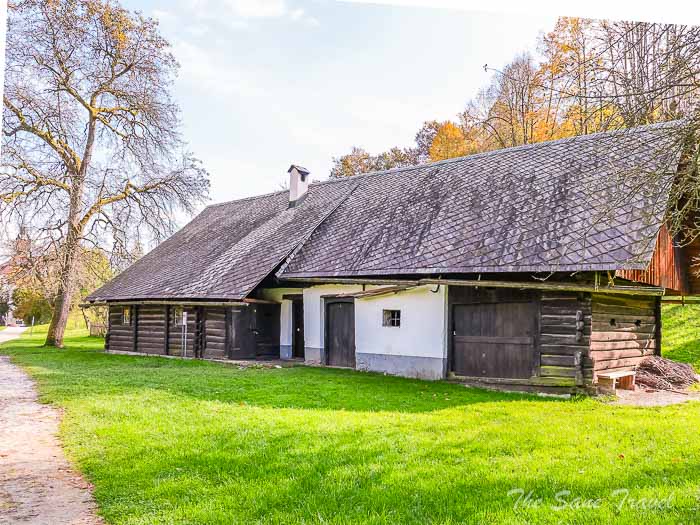
Address: Grajska Pot 13
Practical information
If you are planning to use public transport, buses depart from Ljubljana Central Bus Station approximately every 30 minutes. It takes about 40 minutes to travel from Ljubljana to Skofja Loka. Here is a rough estimate of the time you may need for your visit to Skofja Loka. Exploring the old town and churches should take about 1.5 hours, and you might want to allow around an hour for lunch. A trip to the castle and museum typically requires 2–2.5 hours. The return trip to Ljubljana usually takes 40-60 minutes, depending on traffic.
Like it? Pin it!
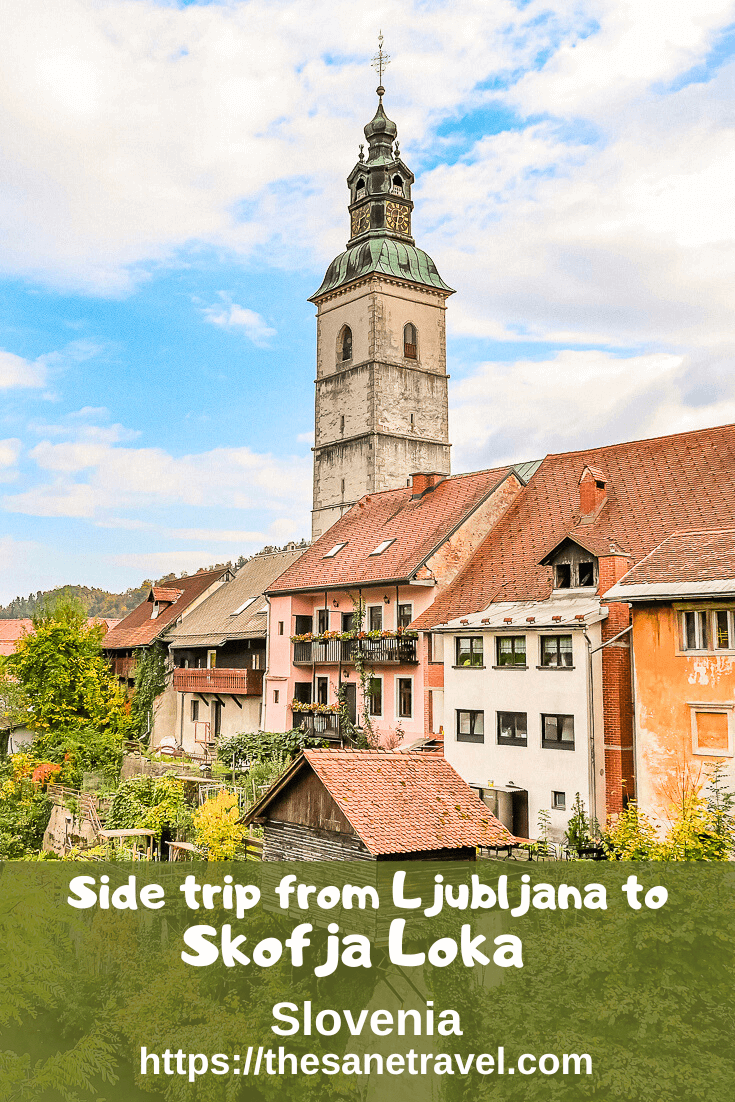
What did you think? Have you been to Slovenia? I would love to hear from you, so please add your comment below.
Author: Anita Sane
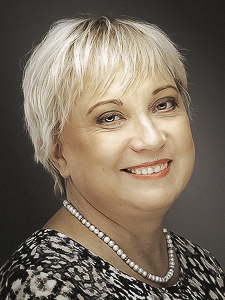
About the author
Anita is a part-time traveller, passionate photographer and a retired career woman from Latvia, travelling mostly solo for more than 15 years. She is a skilled travel planner who plans and executes her travels by herself. Anita wants to show you how to travel the world and open your mind to new experiences. Follow her on Facebook, Instagram, Pinterest, Twitter and Bloglovin.

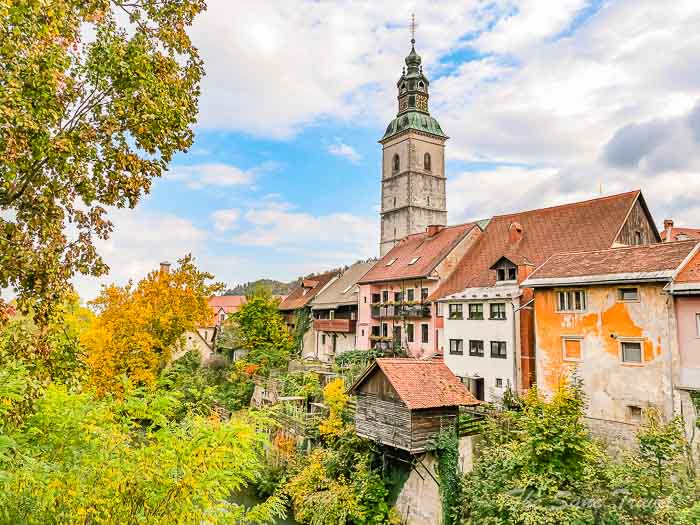

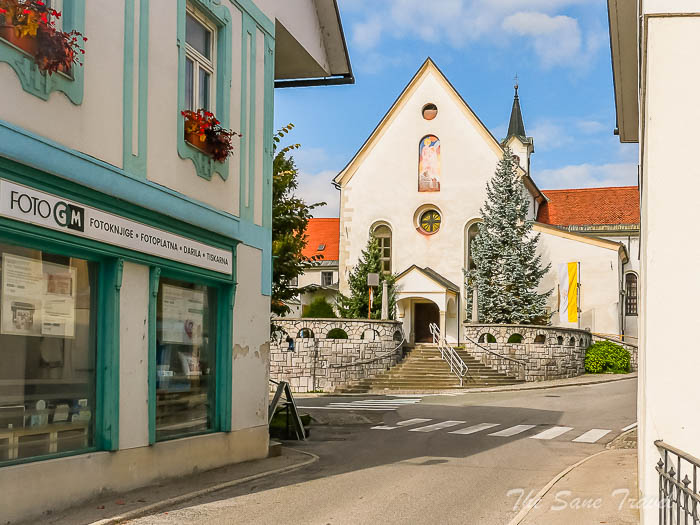
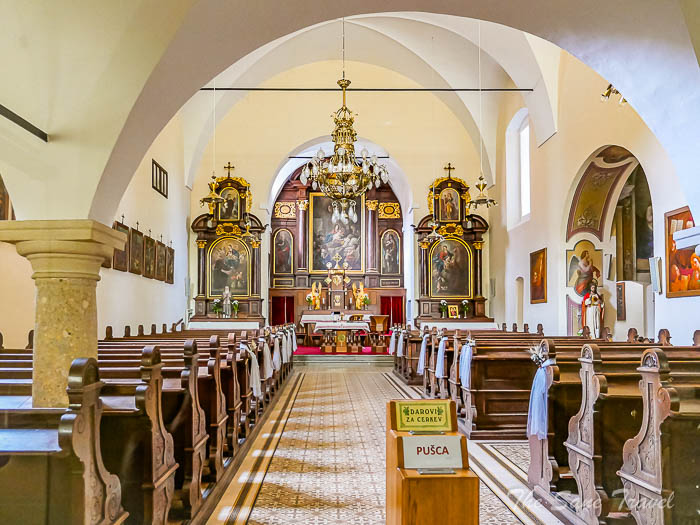

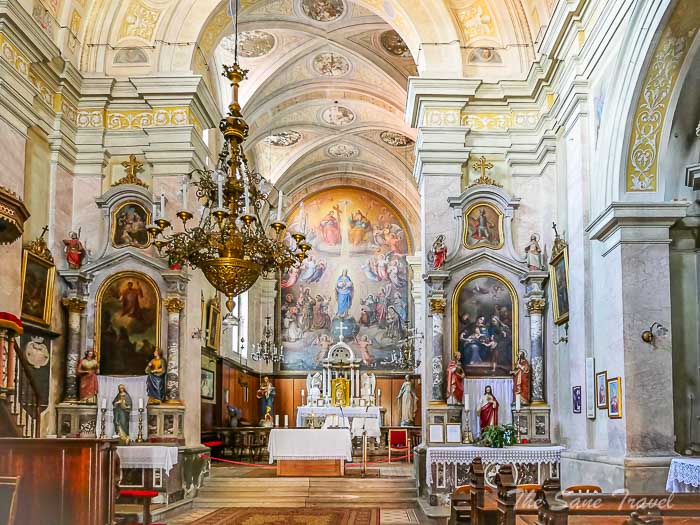
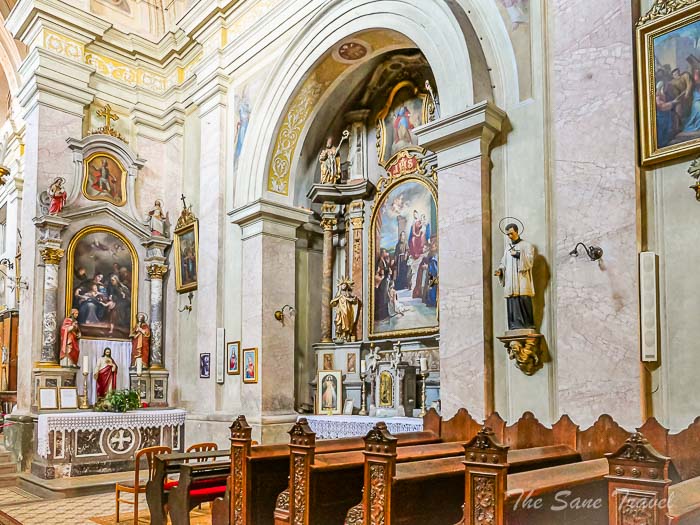

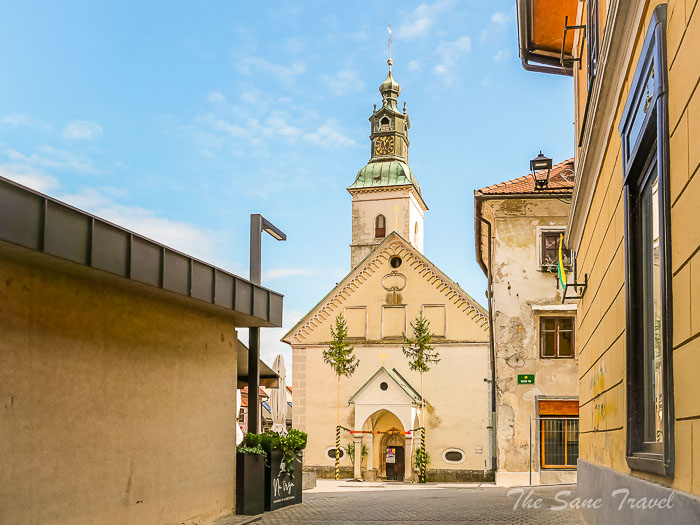
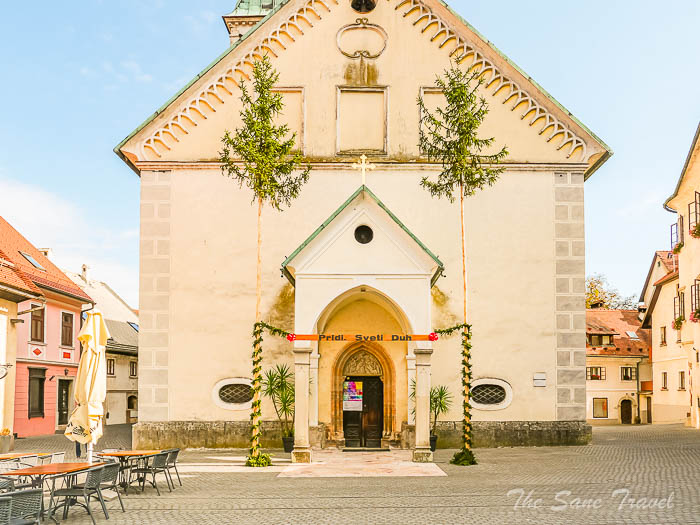
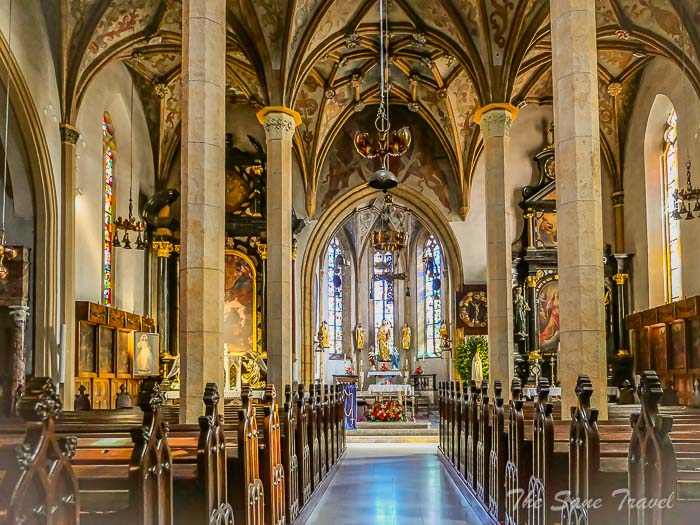

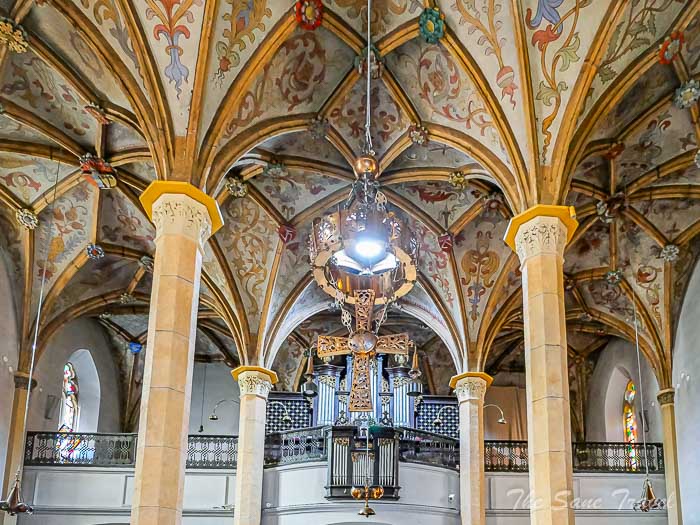
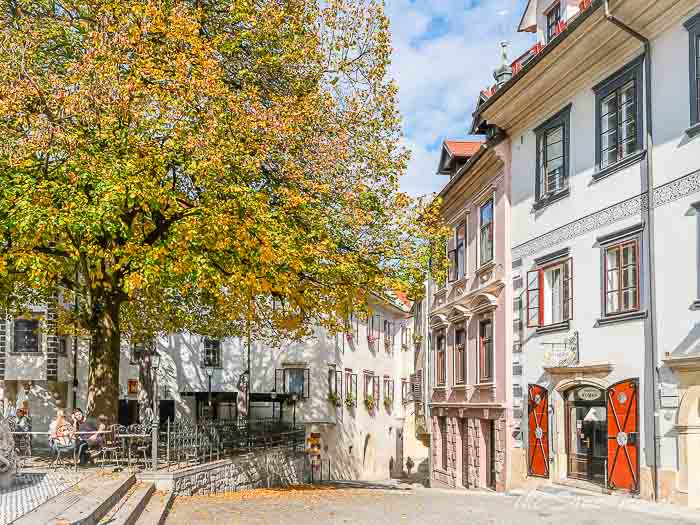
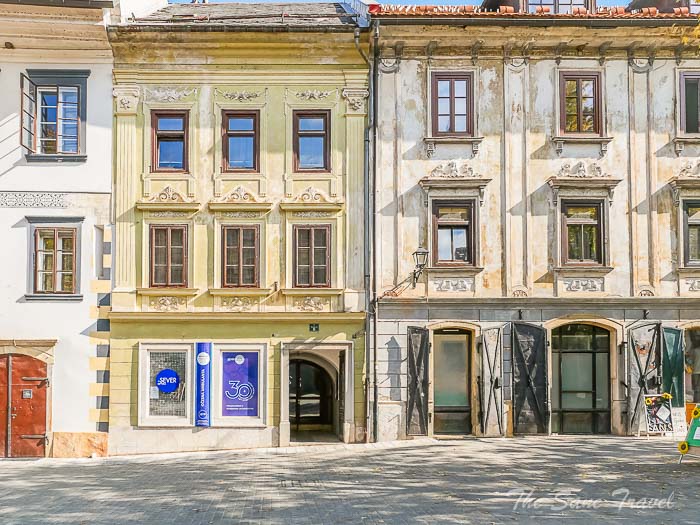
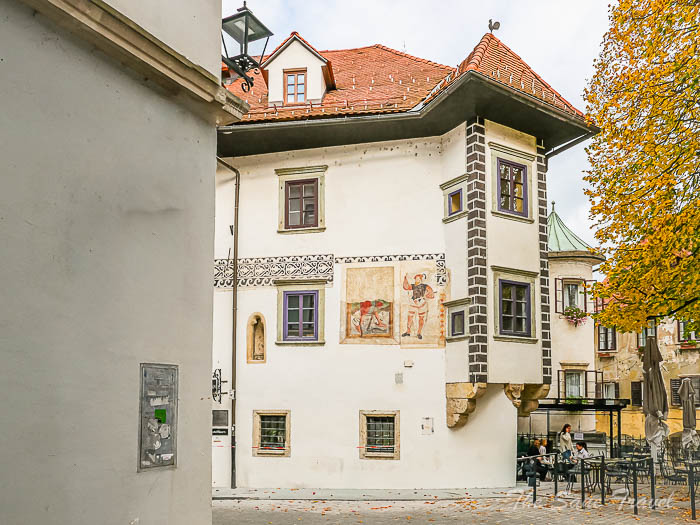
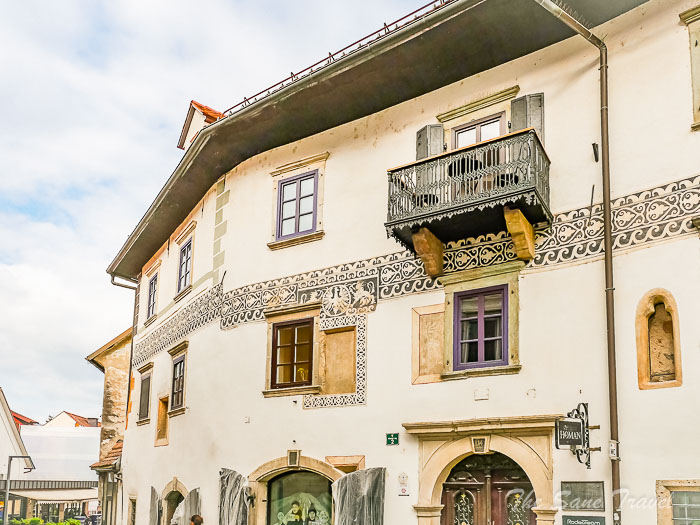
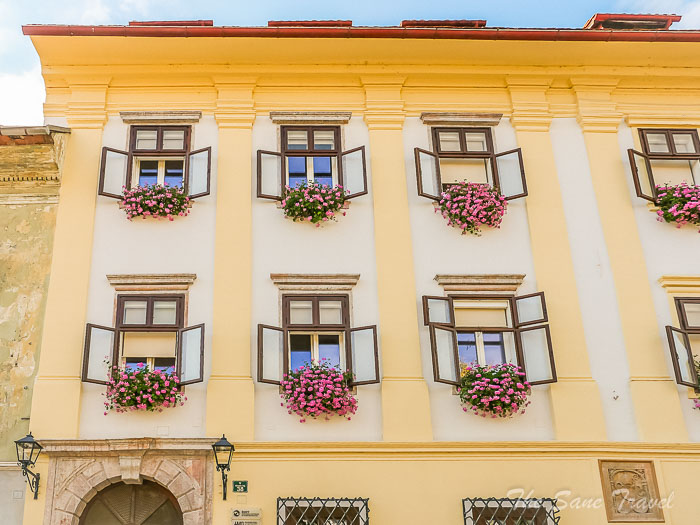
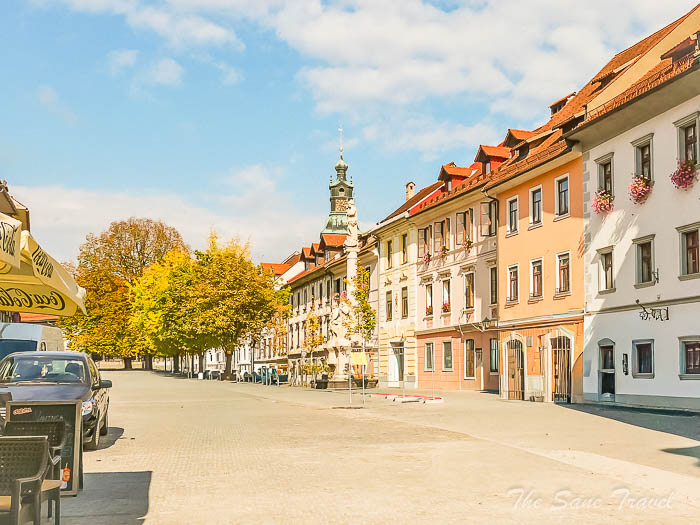




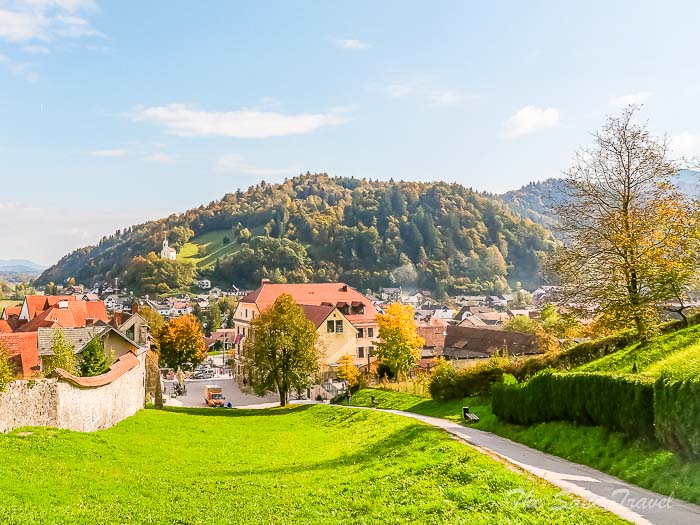

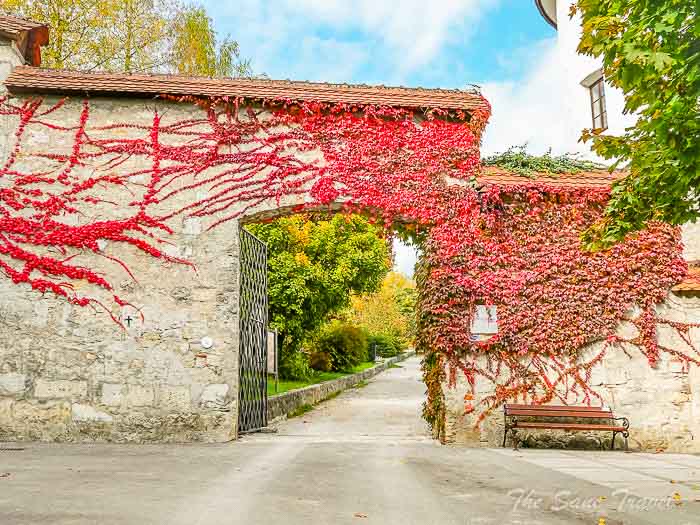

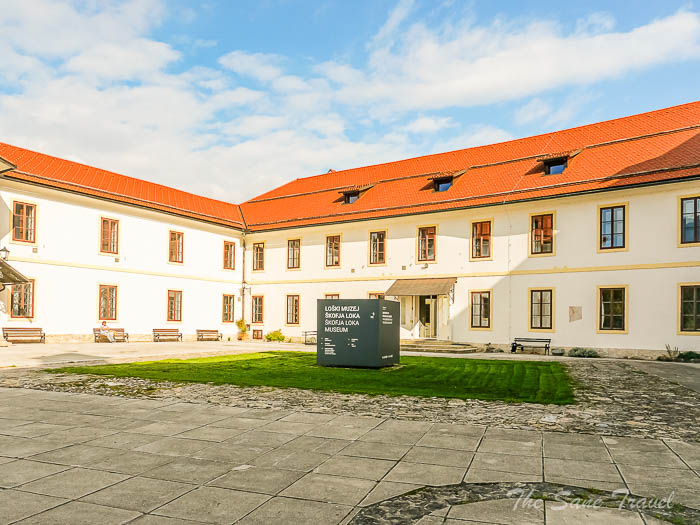




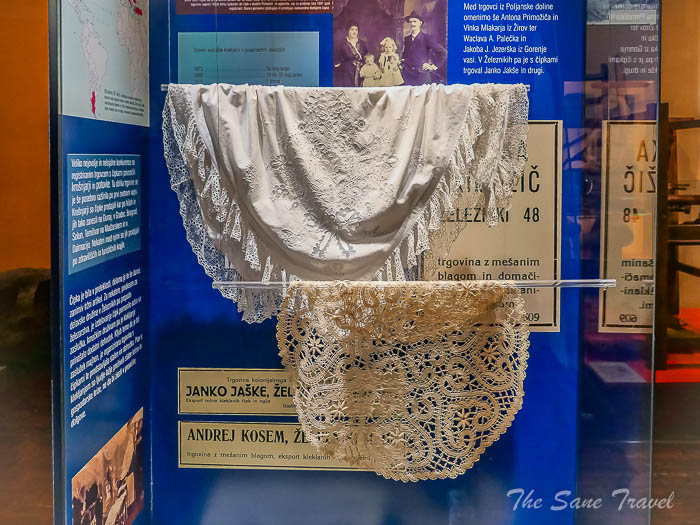
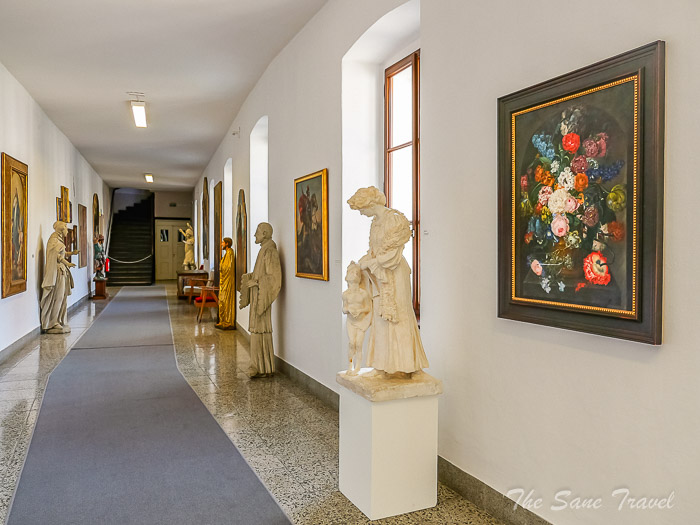
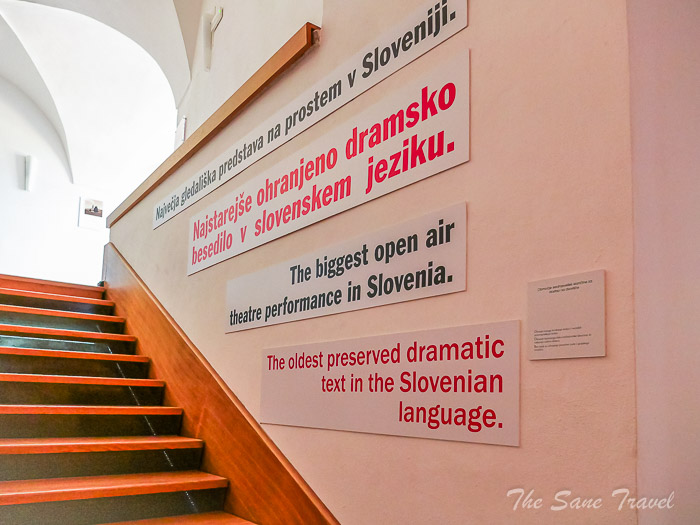
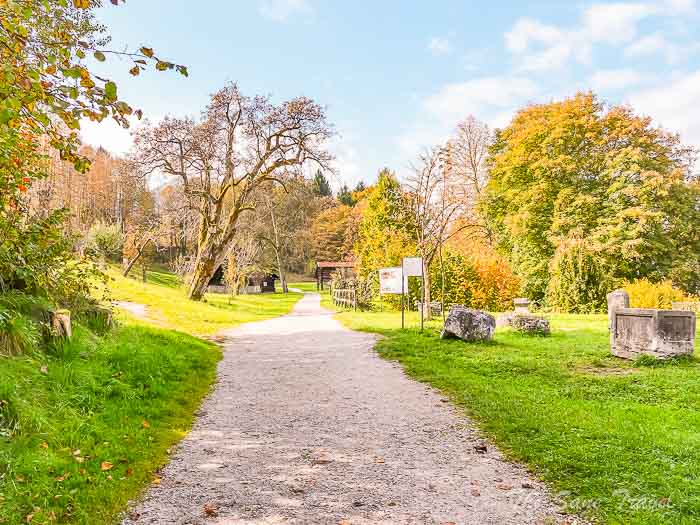
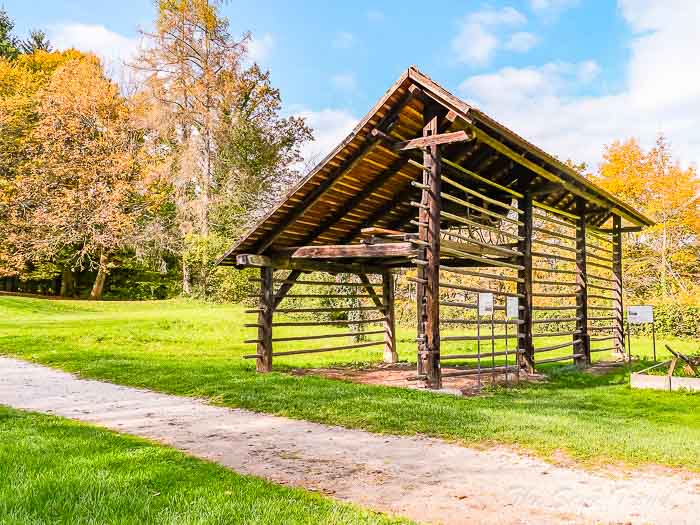
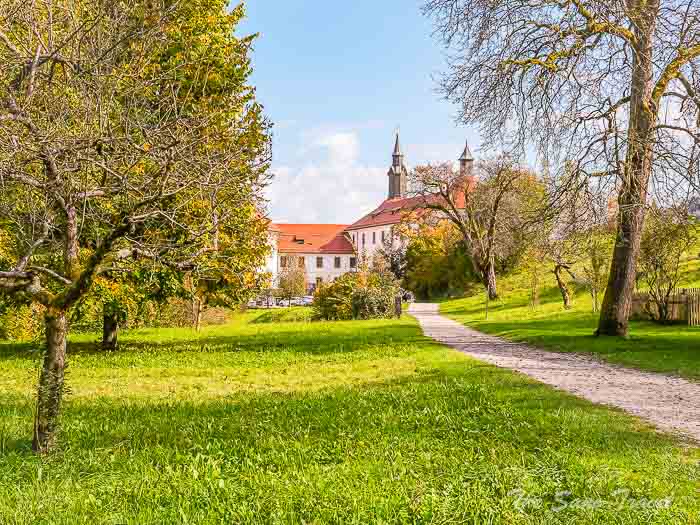
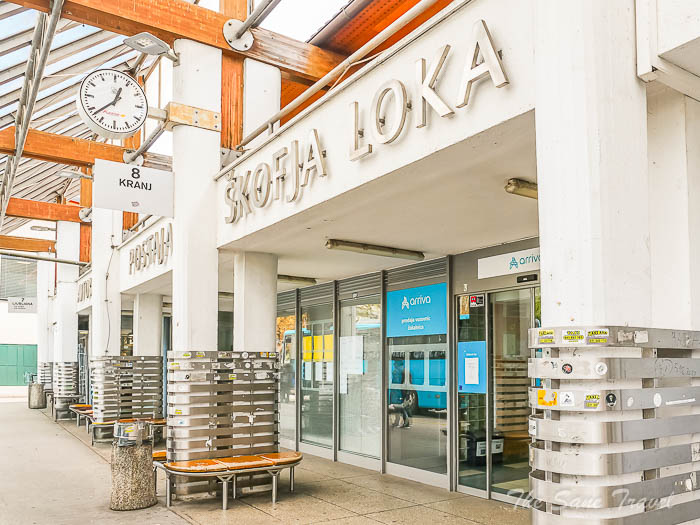
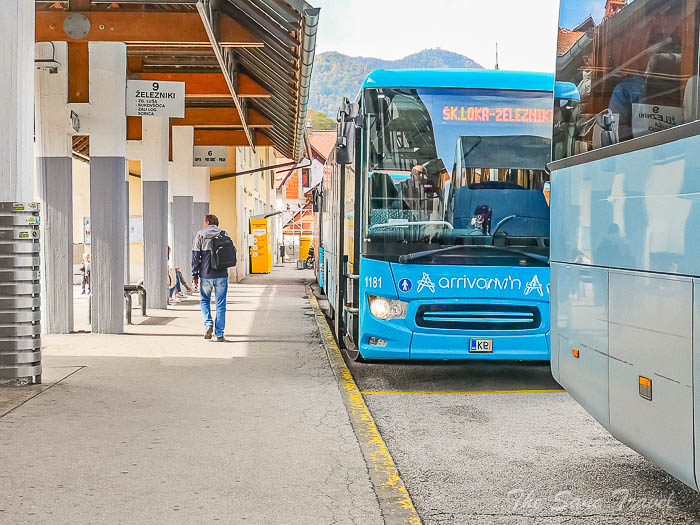
Report
My comments